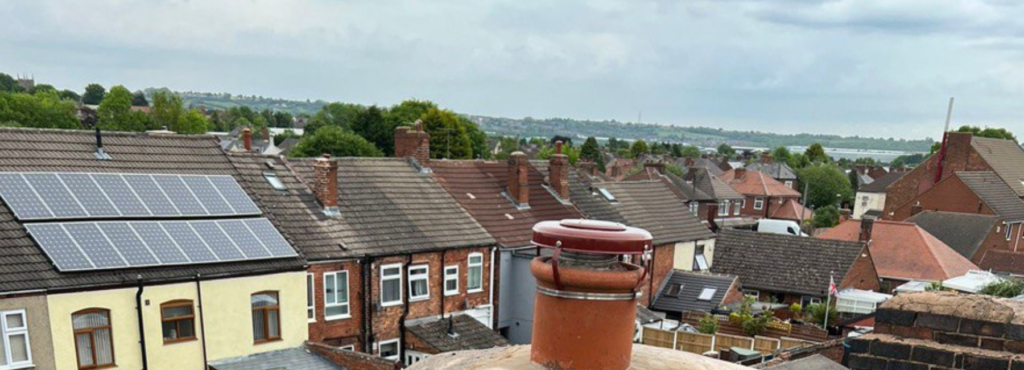Introduction: Choosing the right roofing material is crucial for ensuring durability and minimising the risk of leaks in your home. At Dartford Roofing Repairs, we understand the importance of selecting roofing materials that suit local weather conditions and provide long-term protection. Here’s a comprehensive guide to different roofing materials and their associated leak risks:
1. Asphalt Shingles
Overview: Asphalt shingles are one of the most popular roofing materials due to their affordability and ease of installation. They are available in various colours and styles, making them versatile for architectural designs.
Leak Risks:
- Shingle Damage: Over time, asphalt shingles can become brittle and crack due to UV exposure and temperature fluctuations, leading to water penetration.
- Wind Damage: High winds can lift or dislodge asphalt shingles, exposing the roof deck to water infiltration during storms.
- Poor Installation: Improperly installed asphalt shingles can create gaps or weak spots where water can seep through.
2. Clay or Concrete Tiles
Overview: Clay or concrete tiles offer a distinctive appearance and excellent durability. They are known for their longevity and resistance to fire, insects, and rot.
Leak Risks:
- Tile Cracks: Although durable, clay or concrete tiles can crack under heavy impact or foot traffic, potentially allowing water to penetrate.
- Improper Installation: Incorrectly installed tiles or inadequate underlayment can lead to leaks, especially in areas prone to heavy rain or snow.
3. Metal Roofing
Overview: Metal roofing is prized for its longevity, energy efficiency, and resistance to fire and mildew. It is made of various materials, such as steel, aluminium, copper, and zinc.
Leak Risks:
- Fastener Problems: Improperly sealed fasteners or fastener holes can allow water ingress during heavy rain or wind-driven rain.
- Expansion and Contraction: Metal roofing expands and contracts with temperature changes, potentially weakening the seams over time.
4. Slate Roofing
Overview: Slate roofing offers unparalleled durability and a timeless aesthetic appeal. It resists fire, rot, insects, and adverse weather conditions.
Leak Risks:
- Slate Damage: While highly durable, slate can break or crack under extreme weather conditions or due to improper handling during installation or maintenance.
- Flashing Issues: Poorly installed or deteriorated flashing around roof penetrations can compromise the watertight integrity of slate roofing.
5. Flat Roofing (EPDM, TPO, PVC)
Overview: Flat roofing materials such as EPDM (rubber), TPO (thermoplastic polyolefin), and PVC (polyvinyl chloride) are popular for commercial buildings and modern residential designs.
Leak Risks:
- Seam Failure: Seams in flat roofing membranes can weaken over time, allowing water to penetrate if not properly maintained or repaired.
- Ponding Water: Improper drainage can cause water to pond on flat roofs, increasing the risk of leaks and structural damage over time.
Choosing the Right Roofing Material
Selecting the appropriate roofing material depends on climate, budget, architectural style, and maintenance requirements. Regular roof inspections and timely repairs are essential to mitigate leak risks and prolong the lifespan of your roof.
Conclusion: Understanding the characteristics and leak risks associated with different roofing materials is essential for making informed decisions about your home’s roof. Whether you opt for asphalt shingles, clay tiles, metal roofing, slate, or flat roofing, Dartford Roofing Repairs is here to provide expert advice and professional services to ensure your roof remains secure and leak-free for years to come.
Call us on: 01322 952 298
Click here to find out more about Dartford Roofing Repairs
Click here to complete our contact form and see how we can help you with your roofing needs.

